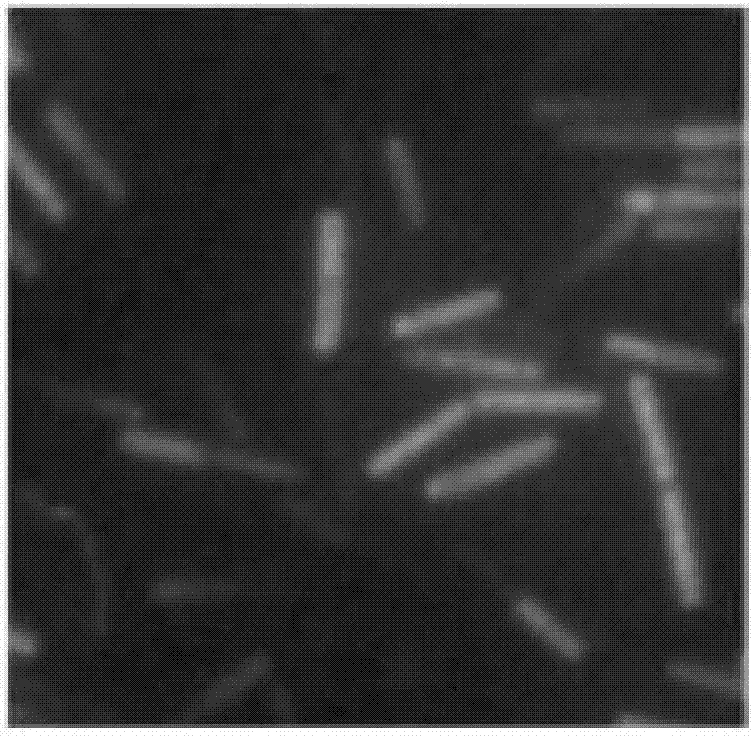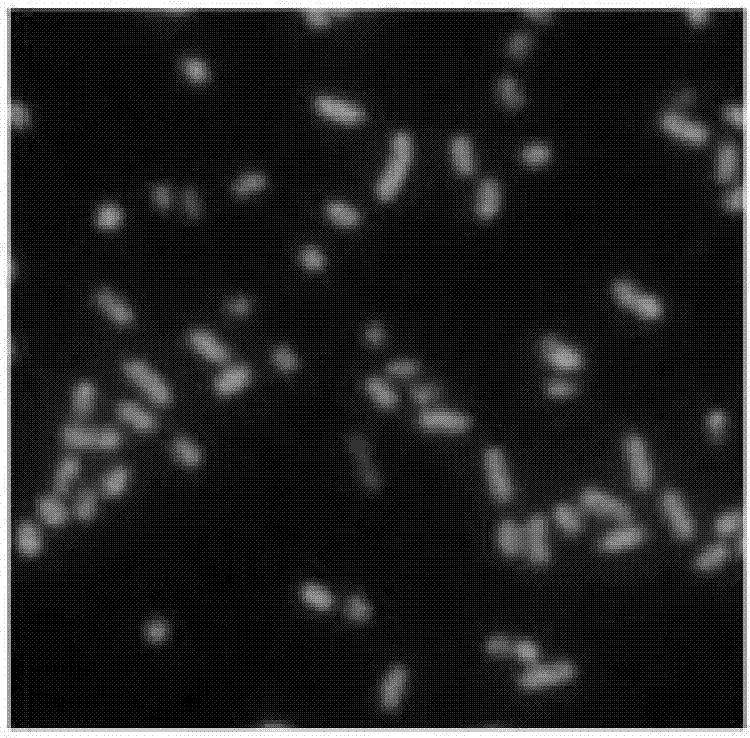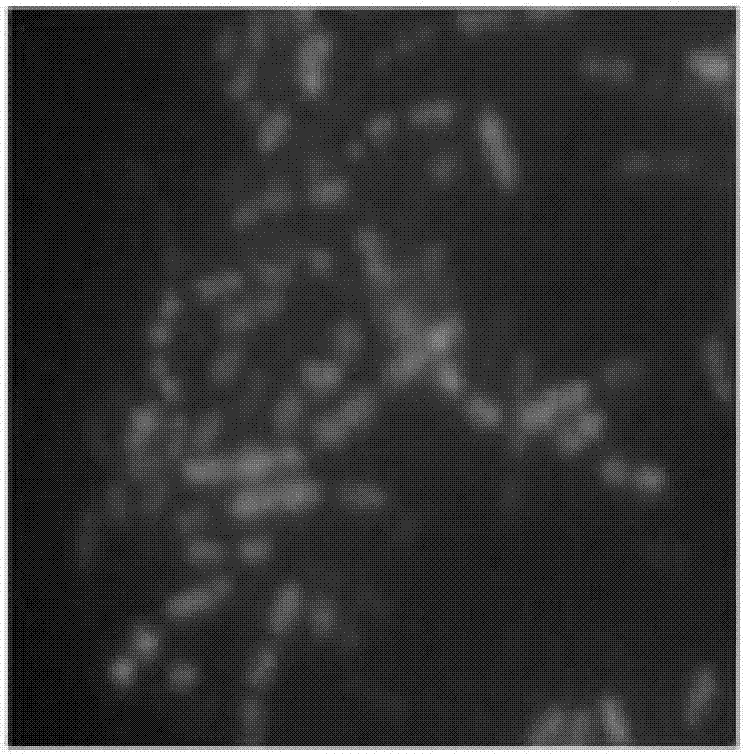Molecular beacon probe, kit and method for rapidly detecting urinary tract infection bacteria
A technology for molecular beacon probes and urinary tract infections, which is applied in biochemical equipment and methods, microbiological determination/inspection, DNA/RNA fragments, etc., can solve the problems of high detection cost, long detection cycle, false negatives, etc. Achieve strong signal, rapid detection, and high specificity
- Summary
- Abstract
- Description
- Claims
- Application Information
AI Technical Summary
Problems solved by technology
Method used
Image
Examples
Embodiment 1
[0038] Example 1: Design and synthesis of molecular beacon probes and oligonucleotide sequences
[0039]Target sequences that can specifically detect the most common bacteria in six types of urinary tract infections, including Escherichia coli, Enterococcus, Pseudomonas aeruginosa, Proteus mirabilis, Klebsiella, and Staphylococcus, were selected. According to the thermodynamic characteristics and advanced structure of the segment target sequence, a molecular beacon probe that is completely complementary to it is designed. The base sequence of the molecular beacon probe is: Beacon NL: 5'-CY3-TTCCACACAAGCGGTGGAGCATGTGGTTTGGAA-BHQ1-3', where , the 5' end is labeled with CY3, the 3' end is labeled with BHQ1, the excitation wavelength of the fluorophore is 552nm, and the detection wavelength is 570nm; artificially design and synthesize molecular beacons and oligonucleotides that are completely complementary to them. Through thermal denaturation curve experiments on molecular beacon...
Embodiment 2
[0040] Example 2: Rapid Detection of Urinary Tract Infection Bacteria
[0041] The method for using the molecular beacon probe of the present invention to rapidly detect bacteria in urinary tract infection comprises the following steps:
[0042] (1) Take 10 μL of sample and drop it on the glass slide, and dry it at 50°C or above to fix the bacteria in the sample on the glass slide;
[0043] (2) Immerse the glass slide in absolute ethanol for 5 minutes;
[0044] (3) Add 20 μL hybridization solution and 1 μL Beacon NL to the sample, place in a hybridization instrument, and hybridize at 42-58°C for 10 minutes;
[0045] (4) Wash with washing solution at 42-58°C for 1 minute;
[0046] (5) Dry it, add mounting medium dropwise, examine with a fluorescent microscope, scan and count with a 20× objective lens, and observe the bacterial morphology with a 40 or 100× objective lens. The bacteria detected included Escherichia coli, Enterococcus faecalis, Pseudomonas aeruginosa, Klebsiell...
PUM
 Login to View More
Login to View More Abstract
Description
Claims
Application Information
 Login to View More
Login to View More - R&D
- Intellectual Property
- Life Sciences
- Materials
- Tech Scout
- Unparalleled Data Quality
- Higher Quality Content
- 60% Fewer Hallucinations
Browse by: Latest US Patents, China's latest patents, Technical Efficacy Thesaurus, Application Domain, Technology Topic, Popular Technical Reports.
© 2025 PatSnap. All rights reserved.Legal|Privacy policy|Modern Slavery Act Transparency Statement|Sitemap|About US| Contact US: help@patsnap.com



